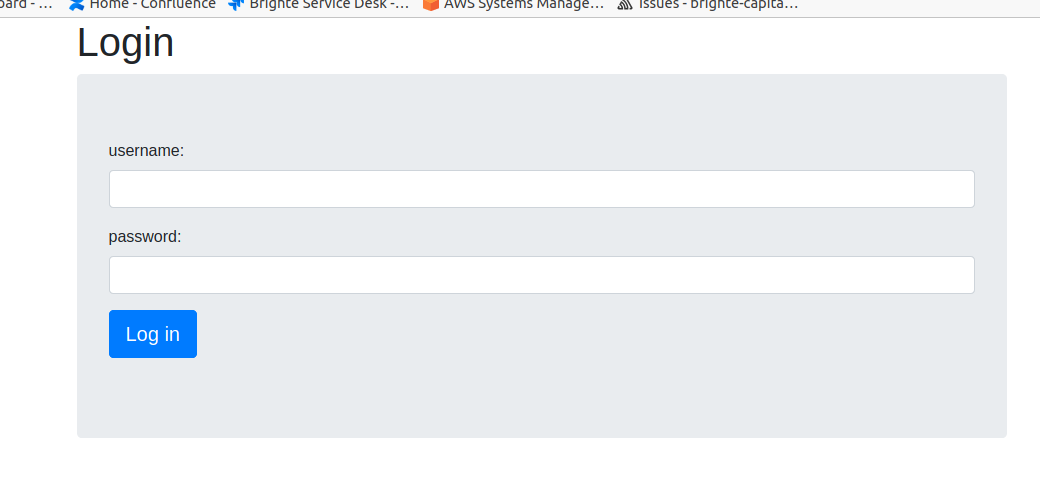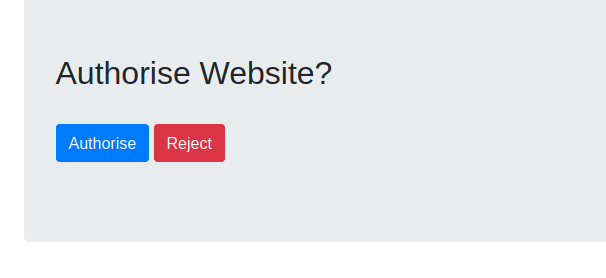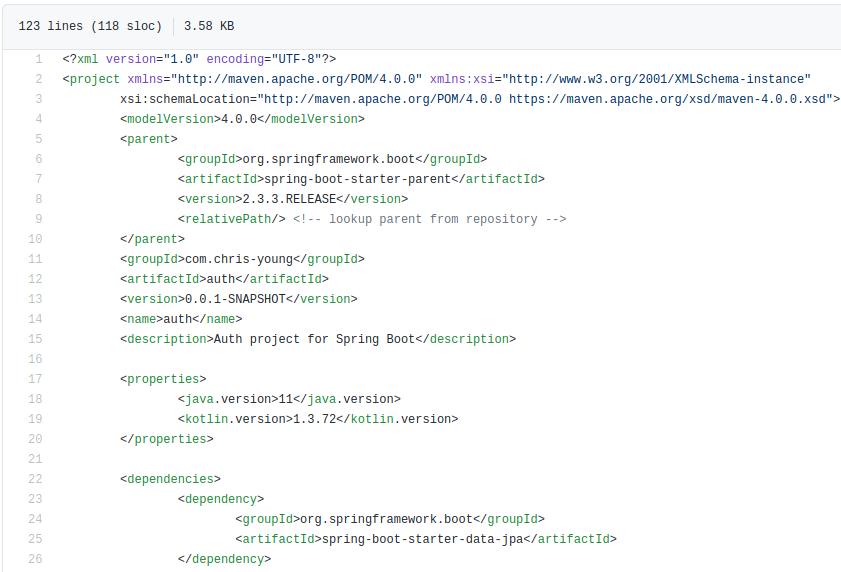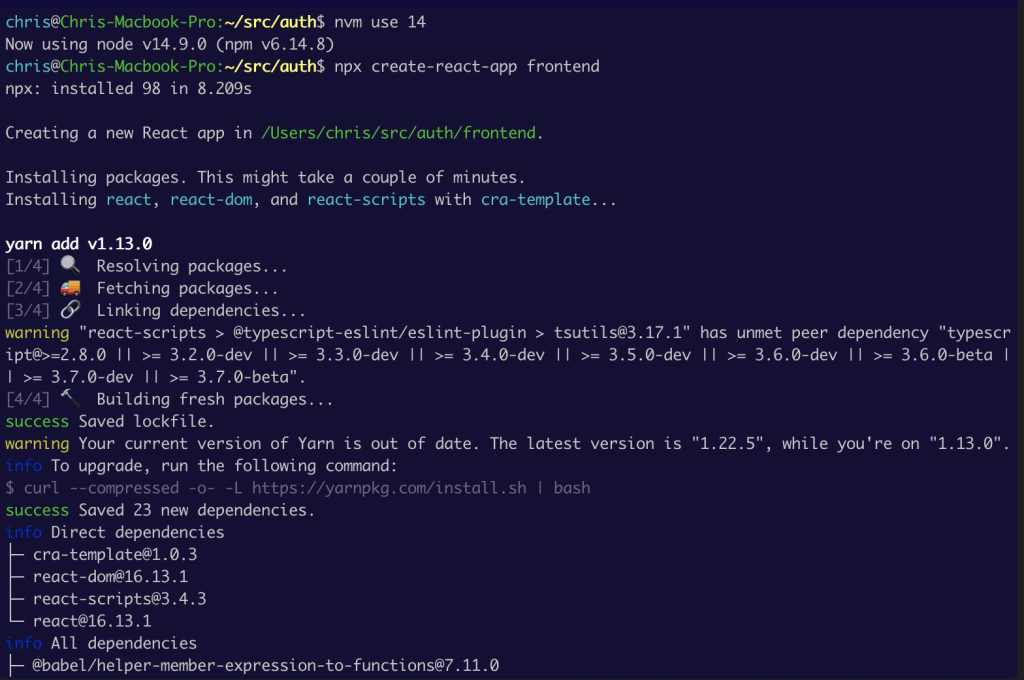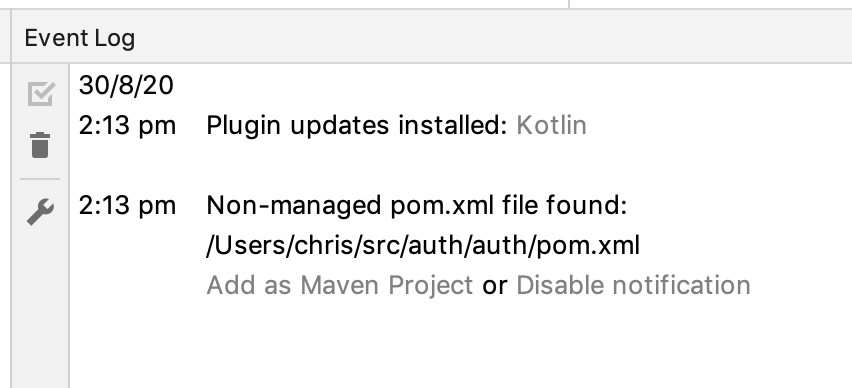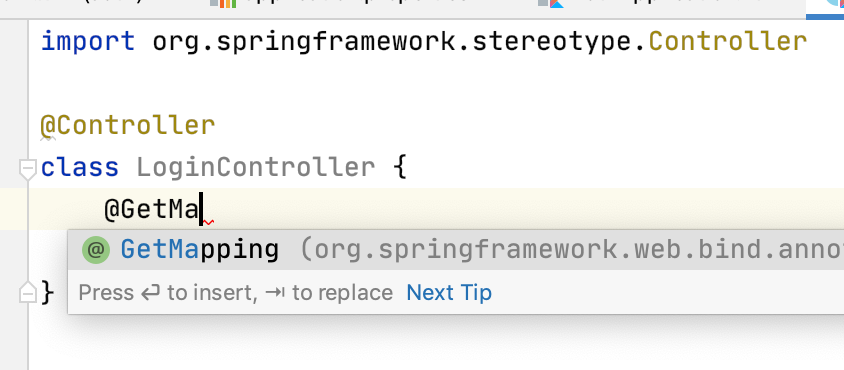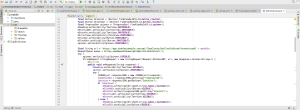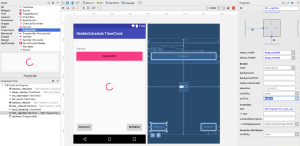
My personal lab of mismatched boxes and tangled cables had finally reached its breaking point. The mission was clear: to consolidate every NAS function, every crucial VM, and every AI task into one microATX powerhouse—a single, elegant, and efficient machine. After selecting the perfect chassis (which I covered in my last post), it was time to move on to the guts. This is the story of how I designed and built my ultimate unified server.
The Mission Parameters
Before opening my wallet, I codified the four non-negotiable requirements for this new architecture.
1. Resilient & Modest Storage
With a library of personal media, including ripped movies, music, and a lifetime of photos, my needs are less “data center” and more “family archive.” I settled on a 4TB minimum storage requirement, demanding at least RAID 1 redundancy from day one, with the clear path to a three-disk array in the near future. This wasn’t just about capacity; it was about protecting precious memories.
2. Parallel Processing Powerhouse
My old setup constantly fought me. I needed to move from a cumbersome Docker Home Assistant setup (where USB passthrough and support was a nightmare) to a fully isolated Home Assistant OS VM with its own network stack and a seamless path for Zigbee adapter passthrough. For this, I had to ensure a CPU with serious multi-core muscle, 32GB of RAM, and a dual-NVMe solution—one for the OS and one for high-speed VM/container storage.
3. GPU Acceleration for AI and Media
Jellyfin transcodes video much better with a GPU than with a CPU that rapidly turns into a furnace! Beyond media, the GPU was essential for my future plans: running local AI models for automation (n8n) and, most crucially, enabling AI face detection on my self-hosted photo server, Immich—finally bringing Google Photos-level organization home.
4. The “Cheap and Good” Mandate
There’s a famous saying that you can have it fast, cheap, or good, but you can only pick two. I chose cheap and good. As a family man, splashing out on pro-grade gear wasn’t an option. My Amazon gift cards were the lifeblood of this build. The genius lay in where I decided to be frugal (CPU, Motherboard) and where I simply couldn’t (the essential HDD).
The Architectural Design Process
Building a PC used to be a dark art, but modern tools have democratized the process. I didn’t rely on gut feeling; I employed the best resources to ensure a headache-free build. I used PC Part Picker to assemble the virtual rig and flag any incompatibility issues. For the finer points, I even enlisted Google Gemini to summarize the pros and cons of my component shortlists, ensuring I was making the smartest possible trade-offs for a home lab/NAS environment.
The resulting build
Here’s what I ended up with
- CPU: AMD Ryzen 5 5500 (requires a dedicated GPU)
- Motherboard: GIGABYTE B550M K (Micro-ATX)
- RAM: Corsair Vengeance LPX 32GB DDR4 3200MHz
- Mass Storage: Western Digital WD Red Plus 4TB NAS HDD (for bulk data)
- OS/App Storage: Kingston NV3 500GB NVMe M.2 SSD (for operating system/VMs)
- Graphics: NVIDIA GeForce GTX 1050 Ti 4GB GDDR5
- PSU: Corsair RM750e (2025) Fully Modular 750W
- CPU Cooler: Thermalright Phantom Spirit 120 SE Black
CPU: AMD Ryzen 5 5500 Desktop Processor
The AMD Ryzen 5 5500 is a capable and budget-friendly option for a home lab, offering strong multi-core performance for virtualization and a low 65W TDP for power efficiency. Its main drawbacks are the lack of integrated graphics and no official ECC memory support, which may require a dedicated GPU and careful motherboard selection.
Memory: Corsair Vengeance LPX 32GB (2x16GB) DDR4 3200MHz C16 Memory
The Corsair Vengeance LPX 32GB (2x16GB) DDR4 3200MHz C16 memory kit is an excellent and highly compatible choice for a home lab build with an AMD Ryzen 5 5500 processor. This configuration is widely recommended and considered a sweet spot for both performance and capacity on the AM4 platform.
Motherboard: GIGABYTE B550M K Motherboard: Micro-ATX
The GIGABYTE B550M K motherboard is a budget-oriented, micro-ATX solution that serves as a capable foundation for modern AMD Ryzen 5000 series processors like the Ryzen 5 5500. It offers essential features required for a functional system, including support for fast DDR4 memory, dual M.2 slots for flexible storage configurations, and a single gigabit Ethernet port. Designed with a minimalist approach, it’s suitable for compact builds where space and cost are primary concerns, and it includes practical features like Q-Flash Plus for easy BIOS updates and robust fan control options. However, its budget nature is reflected in fewer connectivity options and a more basic power delivery setup compared to premium boards.
Mass Storage: Western Digital WD Red Plus 4TB 3.5″ NAS HDD SATA III NAS Hard Drive 5400 RPM
The Western Digital WD Red Plus 4TB 3.5″ NAS HDD is an excellent choice for a home lab or network-attached storage (NAS) system, as it is specifically designed for 24/7 operation and multi-drive environments. It uses reliable Conventional Magnetic Recording (CMR) technology, which offers consistent performance, unlike the slower SMR (Shingled Magnetic Recording) drives often found in standard desktop hard drives.
App storage: Kingston NV3 PCIe 4.0 NVMe M.2 SSD 500G
This is one I could have spent more on – The Kingston NV3 PCIe 4.0 NVMe M.2 SSD 500GB (SNV3S/500G) is a suitable, budget-friendly option for an operating system and application drive in a home lab, but it is not designed for heavy server workloads due to its DRAM-less design and consumer-grade endurance rating.
Power Supply: CORSAIR RM750e (2025) Fully Modular Low-Noise ATX Power Supply
the CORSAIR RM750e (2025) is an excellent, high-quality power supply that is well-suited for this home lab build, offering significant headroom, modern standards compliance, and very quiet operation. While 750W is more than enough for my current low-power components, the PSU’s efficiency, build quality, and future-proofing make it a worthwhile investment.
CPU Cooler: Thermalright Phantom Spirit 120 SE Black CPU Cooler,Dual TL-C12B V2 PWM Fans and Double Towers
The Thermalright Phantom Spirit 120 SE Black CPU Cooler is a high-performance air cooler that is an excellent, albeit potentially overkill, choice for my AMD Ryzen 5 5500. It offers exceptional cooling capacity and quiet operation, ensuring the CPU runs cool and stable 24/7.
Graphics Card: NVIDIA GeForce GTX 1050 Ti 4GB GDDR5
My old Nvida 1050 Ti is coming off the shelf at last for this project! Based on the Pascal GP107 architecture, it includes the dedicated NVENC (NVIDIA Encoder) and NVDEC (NVIDIA Decoder) chips. It fully supports CUDA (Compute Capability 6.1), which is the necessary platform for running deep learning frameworks like TensorFlow and PyTorch for detection models (like YOLO or MobileNet). While it lacks the dedicated Tensor Cores of the newer RTX cards, its CUDA cores can still perform the necessary calculations quickly enough for practical home use. It will be slower than a modern RTX card, but still orders of magnitude faster than a CPU-only solution.
What’s Next?
With the components selected and the rationale sound, it’s time to get my hands dirty. In the next blog post, I’ll talk about the physical construction, the operating system I chose to unify all these functions, and the setup process that finally tamed my Frankenstein lab.



